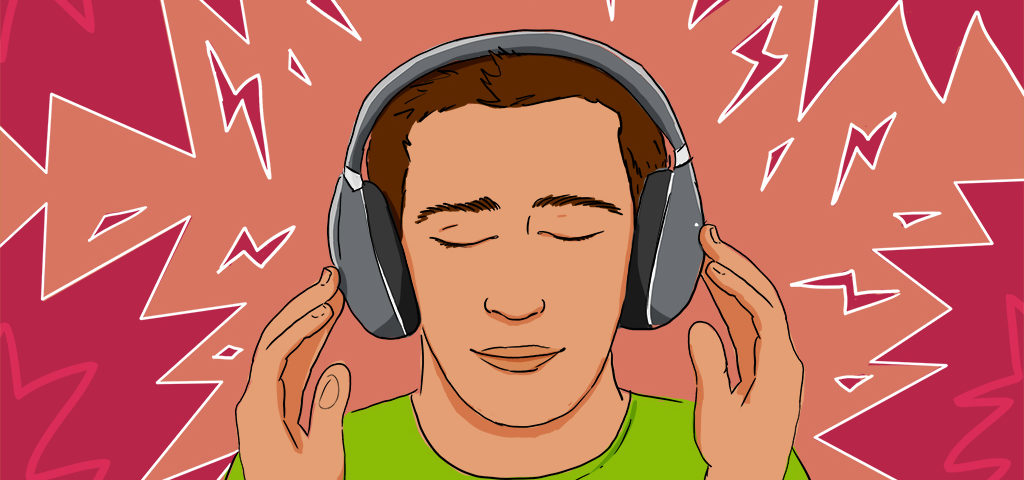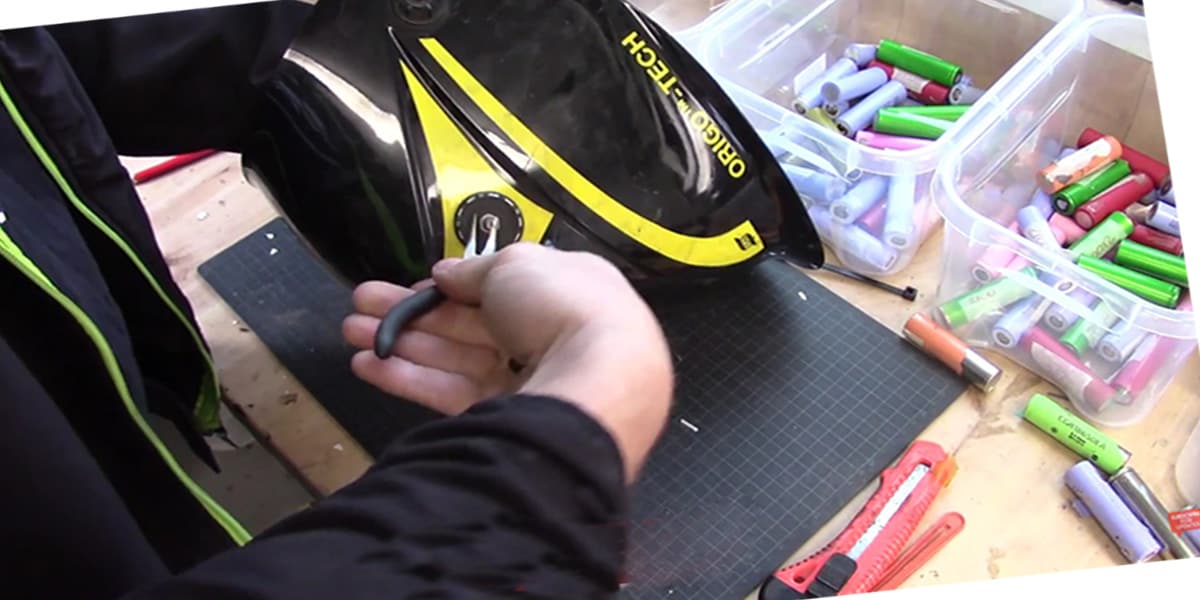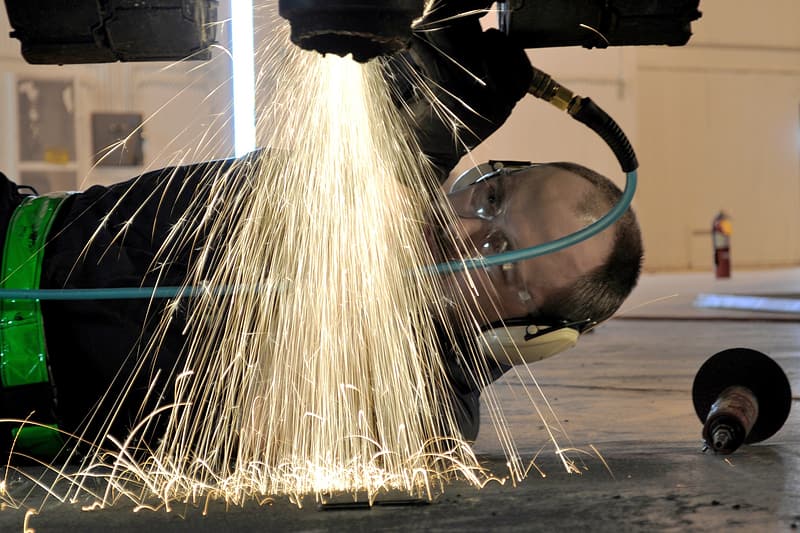Electronics
Hearing Protection: Not all Welding Ear Muffs are Created Equal
For welding, ear protection muffs provide the highest possible hearing protection while also fitting under, or attaching to your welding helmet.
Welding operations are performed in a wide variety of industries and while its dangers are well known, in many cases it is still performed unsafely. It’s not uncommon to see welders performing welding without proper personal protective equipment. In many cases, they wear only their welding helmets to protect their eyes and face and forget that noise is also a common hazard in welding applications. The high noises produced by welding means wearing hearing protection is a must.
Why is Hearing Protection so Important?

Experts consider any noise over 85 decibels harmful to the ears. In the average welding workplace, sounds tend to exceed this level more often than you’d think – whether from extended use of various tools or the sudden noisy spikes that routinely occur, for example, metal falling on metal. The more your ears are exposed to harmful noise levels, the more susceptible you will be to Noise-Induced Hearing Loss. With that said, it’s certainly worth wearing suitable hearing protection every time your weld.
What is the Best Type of Ear Protection?
Many types, shapes and styles of ear protectors are available on the market. Choosing the best one involves considering the environment in which they’re going to be used, the requirements of the job and your personal preference. For welding, ear protection muffs provide the highest possible hearing protection while also fitting under, or attaching to your welding helmet.
Safety ear muffs are a device with a hard outer shell and a foamy inside. The harder outer shell provides strong protection against loud noises, while the foam inside attenuates noise. The main benefit of earmuffs is ease-of-use. You simply need to adjust the head strap to suit and you are guaranteed a consistent level of noise protection throughout the day.

When shopping for ear protection muffs, there are a few things you’ll want to keep in mind to ensure you get the best ear protection for your needs.
Check the Ear Muff NRR or SNR Rating
Good ear muffs will come with a Noise Reduction Rating (NRR) which will help you determine which one is right for you. The NNR tells you how many decibels the hearing protection will block out. For example, if the noise level in your workplace is around 100 decibels and your earplugs have an NRR rating of 35 decibels, this means the level of noise you’re exposed to is reduced to 85 decibels. So, in order to choose the right ear protection muffs, you need to consider the noise level you’re exposed to and the NRR rating of the device.
Ensure Proper Fit
Although ear muffs are an effective way to prevent noise-induced hearing damage, it’s effectiveness will be limited if you choose a product that doesn’t fit well. By ensuring you get ear muffs that fit you properly, you can ensure that you are getting an adequate level of hearing protection.
Larger ear muffs typically sit over the ears and block out sound. However, ear muffs that are too large may routinely slip, which would allow external noise to damage your hearing. It’s also important that the ear muffs fit tightly in the ear to ensure external noise doesn’t get into the ear, which could also cause damage to your hearing.
Consider the Listening Situation

Aside from noise levels, some other factors need to be considered such as eye and head protection equipment. That is because eyeglass frames and headgear can interfere with the seal of an ear muff. Ear muffs can also be uncomfortable to wear in extremely hot environments. For welding, you’ll need a very thin pair of ear muffs that fit under your welding shield and helmet.
Conclusion
As you can see not all earmuffs are created equal. Some are designed for comfort, featuring strategically designed cut-outs in the bands to help diffuse heat and pressure. Others come with a special foam to offer a higher level of hearing protection. The best styles for welders are the ones that balance comfort with protection are compatible with other types of PPE being worn.
Because ear muffs don’t go inside your ears like earplugs, you may think that you don’t need to clean them. Wrong! They too need to be cleaned regularly to ensure hygienic use. As for how often you should clean your ear muffs will depend on the environment you work in and whether or not the device is shared with coworkers. Cleaning your ear muffs is easy and can be done with mild soap and water.
And thinking that your ear muffs will last forever is another mistake. When certain parts of the device start to degrade, such as band/cap tension or the foam seals, they will no longer give you the same level of hearing protection as when they were brand new.












